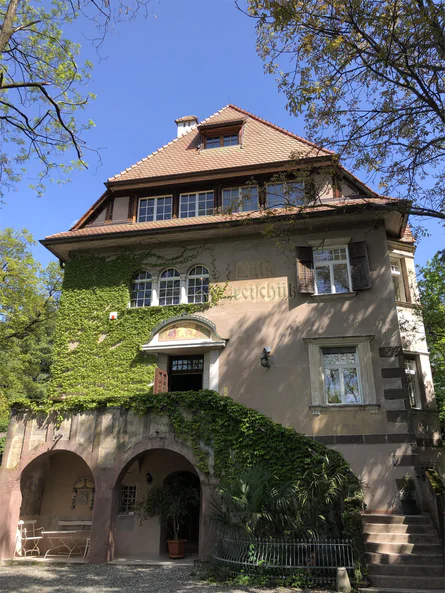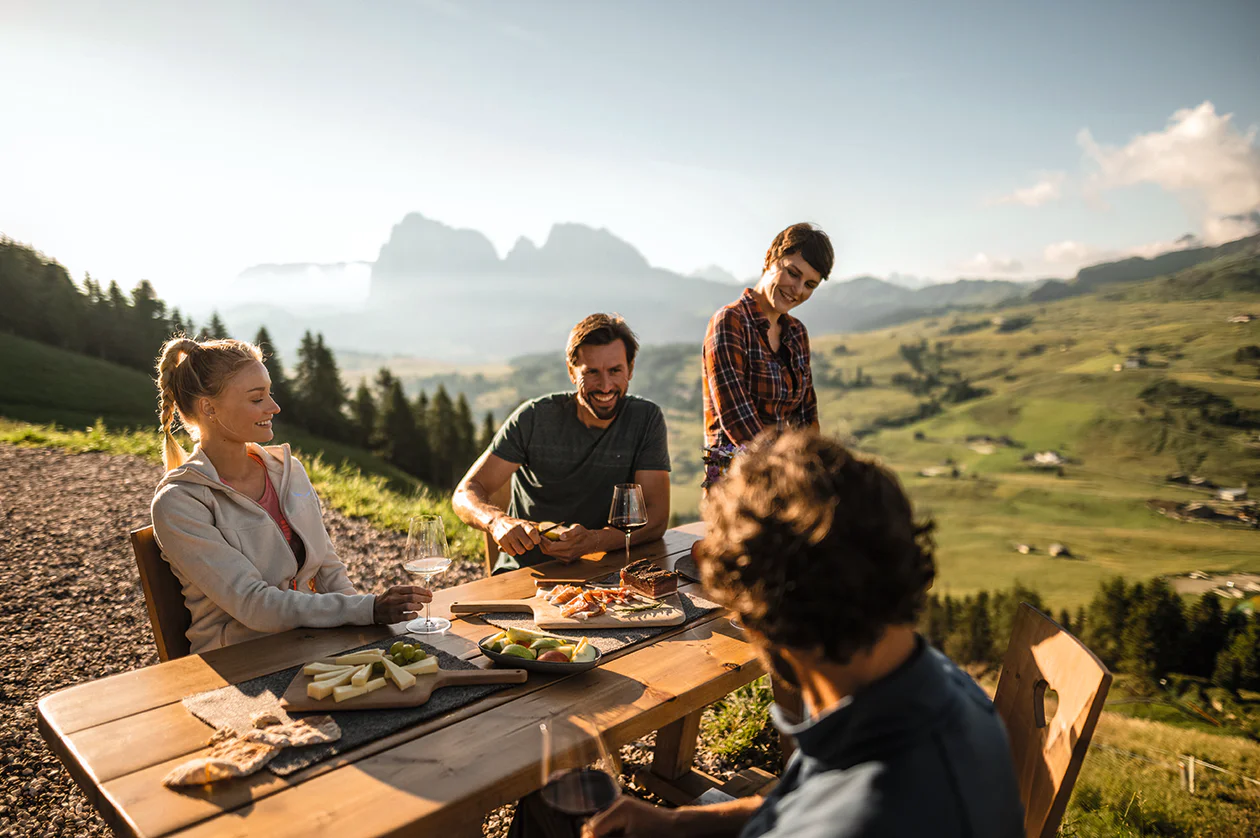Der Großteil befindet sich rund um Bozen. In dieser Gegend fällt dir bestimmt eine architektonische Eigenheit bei den Ansitzen auf, schlossähnliche Bauten aus der Neuzeit bestehend aus einem Herrenhaus und einem Gebäude für landwirtschaftlichen Zweck. Ihr sogenannter Überetscher Stil ist eine Kombination aus nordischer Gotik mit Türmchen und Elementen der italienischen Renaissance – und eben genau in der Gegend zwischen Bozen und Kaltern an der Weinstraße zu finden.
This magnificent castle, built by Hugo von Montalban in the year 1278, has been the summer residence of well-known mountaineer Reinhold Messner since 1983 and is one of Messner's five Mountain Museums. The castle houses Messner's extensive collection of fascinating items from Tibet and numerous masks from all over the world as well as interesting paintings of mountain scenes.
This year the museum can be experienced without guidedtours. Instead, visitors can download the trilingual“Locandy-App”, on which Reinhold Messner will guide you through the museum and tell you about it (works like an audioguide on your mobilephone).




























































































